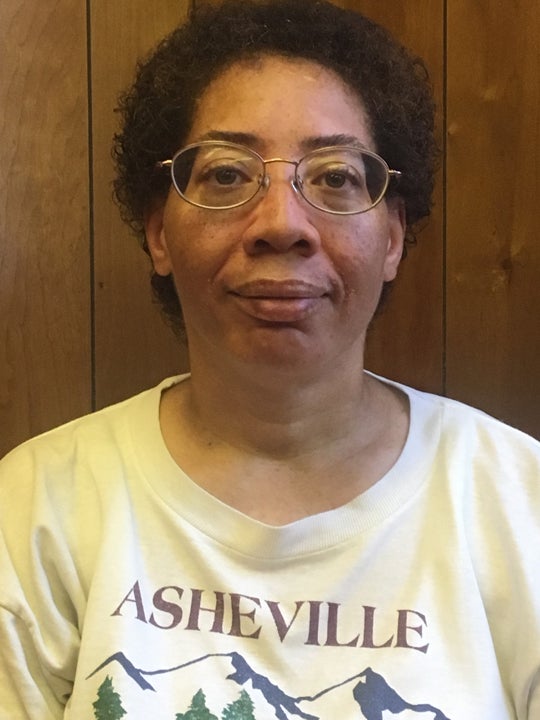Judy Moore: Let’s talk about women in media
Published 12:00 pm Thursday, March 16, 2023
|
Getting your Trinity Audio player ready...
|
 Since the mid 1800s, the progressive idea of women expressing their opinions and viewpoints took shape in many forms and print media was one of them. In addition to providing venues for other women to express themselves as well as bring attention to issues of social injustice, women in print media broke the glass ceiling that reverberates continually today.
Since the mid 1800s, the progressive idea of women expressing their opinions and viewpoints took shape in many forms and print media was one of them. In addition to providing venues for other women to express themselves as well as bring attention to issues of social injustice, women in print media broke the glass ceiling that reverberates continually today.
Sarah Hale, the noted author of the poem, “Mary’s Lamb” which eventually became the nursery rhyme “Mary Had A Little Lamb”, had her work published in the educational publication the McGuffey Reader, which was geared toward children. I was shocked that she was not given credit for her work, yet, maybe it shouldn’t be surprising. Moreover, in 1830, Hale’s collection of poems were published in Poems for Our Children. At the time women poets were writing for the audience of children. Not only did writing support her family financially but Hale encouraged other women writers to submit original material paying them well.
Subsequently, Hale was asked by Reverend John Blake to serve as editor of his Boston journal the Ladies’ Magazine from 1828 to 1836. That was before her tenure at Godey’s Lady Book. Louis Antoine Godey of Philadelphia desired to have Hale as editor of his publication, eventually merging American Ladies Magazine (formerly Ladies’ Magazine) with Godey’s Lady Book. In 1837, she became editor of Godey’s Lady Book and after working for 40 years, retired in 1877 at age 89.
Under her leadership there were numerous women writers such as Lydia Sigourney and Frances Sargent Osgood who contributed to the magazine. While other American magazines were publishing British writers, Hale advocated that more American writers, especially women be published in American publications, with half of those being written by hers truly.
A FOCUS ON IDA B. WELLS
And then there was Ida B. Wells. She utilized her writing skills to bring attention to injustices against African Americans. Well’s career took off in its infancy when she wrote an article in her church’s paper entitled “The Living Way” in 1885 using the name “Lola” talking about her experience of attempts by the train conductor of the Chesapeake and Ohio Railroad Company to force her to give up her first class seat as well as the ensuing lawsuit she filed against them. Her essays were published in newspapers all over the U. S. In 1889, Wells quit her teaching career to write full time and became editor and half owner of The Free Speech and Headlight newspaper in Memphis, Tennessee
In addition, Wells wrote her first pamphlet called “Southern Horrors: Lynch Law in all its phases” after three of her friends who owned The People’s Grocery Store were lynched. This work encouraged black citizens to boycott businesses and streetcar lines or leave town. Subsequently, Wells was forced to move to Chicago and start a new newspaper office when in 1893 a mob destroyed her Memphis paper threatening to lynch her. Wells wrote for The New York Age newspaper, giving numerous lectures about lynching and even travelling to Great Britain and Scotland. Furthermore, Ida published “The Red Record”, a book about lynching. With these publications, Wells got the word out about the atrocities of lynching and with that knowledge people created change by fighting to get laws established to eradicate this evil.
In conclusion, Hale and Wells used their power of print media to spark change in dealing with the evils of social injustice. Furthermore, women had avenues to let their voices be heard and the shattering of that glass ceiling echoes the world over.
Judy Moore is a tour guide with The Central High Museum who lives in Wylliesburg and can be reached at v5agabond2@gmail.com.

